
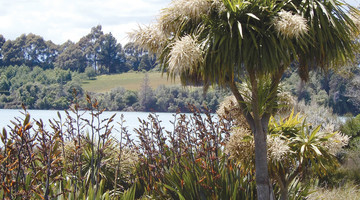
Wetlands once occupied nearly 10% of Aotearoa New Zealand’s land cover. In the last 150 years, 90% of these wetlands have been drained or degraded. Fortunately, our society now has a better ...
READ MORE

Kōura (freshwater crayfish, Paranephrops planifrons, P. zealandicus) are one of Aotearoa New Zealand’s original inhabitants. They have an ancient lineage that diverged from their Australian ...
READ MORE
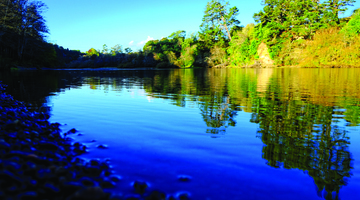
Tōku awa koiora me ōna pikonga he kura tangihia o te mātāmuri - the river of life, each curve more beautiful than the last. King Tāwhiao, second Māori King Our collection of resources 'Tōku awa ...
READ MORE

Kōura (freshwater crayfish) are a taonga species for Māori, a keystone species for ecosystem dynamics and an indicator species for ecosystem health. They are also a species that have been ...
READ MORE

Repo (wetlands) are rich in biodiversity. They are the ‘in between’ places that connect the water with the land, providing habitats for native plants, invertebrates, fish and birds. Repo are also ...
READ MORE
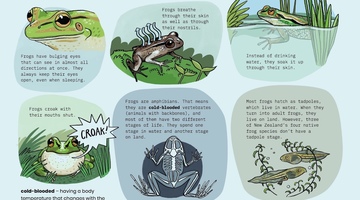
Frogs for the future? is a ready-to-use cross curricular teaching resource. It uses the Ministry of Education’s 2019 Connected article Kimihia Kermit by Philippa Werry. Rights: Crown 2019 Frog ...
READ MORE
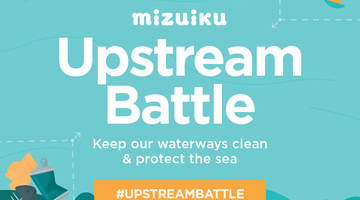
Did you know that 80% of marine litter globally starts life on land? Mizuiku Upstream Battle is a citizen science programme run by Keep New Zealand Beautiful. It aims to get volunteers across ...
READ MORE
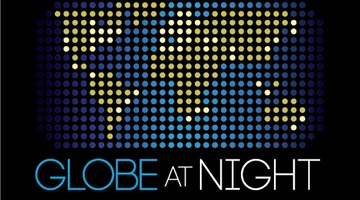
Globe at Night is an international citizen science campaign to raise public awareness of the impact of light pollution by inviting citizen scientists to measure and submit their night sky ...
READ MORE

Litter is everywhere – but how much is there, and why does it matter? Litterati is an online citizen science (OCS) project that allows participants to photograph, upload and tag litter in their ...
READ MORE

Lakes380 – Our lakes’ health: past, present, future is the largest scientific study ever undertaken on lakes in Aotearoa New Zealand. The programme, jointly led by GNS Science and Cawthron ...
READ MORE

In this recorded professional learning session, Greta Dromgool shares the mahi from a collaboration between Manaaki Whenua – Landcare Research and Pokapū Akoranga Pūtaiao – The Science Learning ...
READ MORE
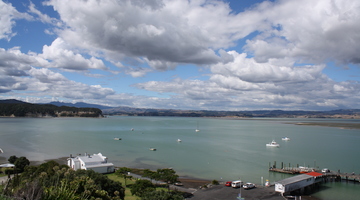
With 75% of New Zealanders living within 10 km of the coast, many students will be familiar with estuaries. In scientific terms, estuaries are the interface between the land and the sea – the ...
READ MORE
Te ao Māori (the Māori world view) recognises the connections between all living and non-living things. In this video, kairangahau Māori share some of their repo connections with us. Questions ...
READ MORE
Wetland restoration is more than simply planting the wet margins between the land and water. Rob McGowan and Cheri van Schravendijk-Goodman discuss the importance of pausing to listen to what ...
READ MORE
Ecological practitioners and research experts share their ideas about restoration programmes, rangatiratanga rights and building partnerships. Questions for discussion: Each person in this video ...
READ MORE

An interactive showing the lower Waikato River. Use the zoom-in feature to find some cultural and geographical connections to the river. Listen to iwi talking about what the river means to them ...
READ MORE

This slideshow, from the webinar Te Repo – wetlands as a context for learning, provides additional support for the video tutorial. Use the Slideshow menu for further options, including view full ...
READ MORE

View ecosystem connections with a te ao Māori perspective. Click on the labels for more information. Select here to view the full transcript and copyright information.
READ MORE